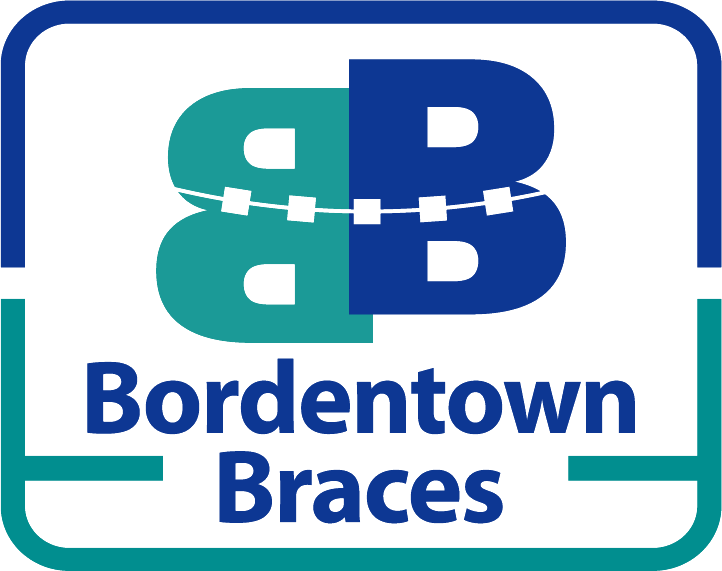
8 Factors to Consider in Getting Braces in Robbinsville
Before you get them installed, you need to know that having braces is a decision that involves several important considerations. It’s not just about finding the best places to get braces in Robbinsville. Instead, you need to think about alternatives such as clear aligners, price, other orthodontic treatments, and so much more.
There are indeed many things to think about when you are choosing the orthodontist and the braces that will work best for you. You should be considering multiple things, all at one time, to make sure that you make the perfect selection that will lead to a happier life and a brighter smile.
Evaluation
Before you can do anything else, it is time for your to receive a proper assessment from an orthodontist who you think you can trust and work with for a very long time. And what happens during this evaluation? Well, they are going to examine your teeth, jaw, as well as your overall oral health. This is done so they can determine if braces are even necessary or if another option is best for your situation.
Types of Braces
There was a time when there was only one type of braces but times have changed. These days, you have multiple options laid before you and many different avenues to get your teeth straightened. That’s great news, right? Of course it is, but it does mean that you have to do a bit more work and some research to ensure you’re getting the treatment that is right for you.
Let’s talk about some of the various types of braces that exist on the market today.
Metal Braces: Traditional, durable, and effective. These are the braces that everyone is familiar with and they are still used often because they work quite well and nearly always get the job done.
Ceramic Braces: Ceramic braces tend to be far less noticeable than metal ones. However, they may be more prone to staining which can be a huge hassle and they are also difficult to clean at times too.
Lingual Braces: Lingual braces are those that are placed on the back of teeth, virtually invisible but might be challenging to clean.
Clear Aligners: These have become very popular over the last generation for a number of reasons. The biggest being that they are usually removable and nearly invisible, which makes them downright perfect for mild to moderate misalignments.
Now that you have seen the options that are out there, you’ll have to consider which sounds right for you. After that, you will have to discuss the pros and cons of each type with your orthodontist to choose the best option for your needs. They will give you advice and also tell you if any of the treatments listed above aren’t capable or cost-effective for you.
Treatment Duration
At this time, it would be wise for you to ask about the estimated length of your treatment plan, because they can change depending on the person and their specific issues. This all varies based on the severity of your case and the type of braces used so you shouldn’t just assume that the length of time a friend or family member had braces will be the same length of time you have yours. Make sure to ask and find out because many treatments may take several months to a few years.
Cost and Insurance
Now, you definitely need to consider how much this is all going to cost and if your insurance is going to cover the installation and upkeep of your braces from beginning to end.
Always understand the total cost of treatment, including their placement as well as regular adjustments, follow-up, and more. There is a lot that needs to be covered by your payment or your insurance. While you’re at it, you should also ask about payment plans or financing options.
Maintenance and Care
You definitely need to consider the sort of upkeep and maintenance you will need to do on your braces after they are installed. Once your orthodontist puts the appliance on, your portion of the work begins.
At this point, you need to ask about any specific care routine that is required with the braces you have. That means that you will need to find out about any dietary restrictions, such as sticky or hard foods, and oral hygiene practices, plus regular orthodontic appointments for adjustments.
Discomfort and Adjustments
Now, some people are afraid of how braces are going to feel. They are worried that it is going to hurt or feel uncomfortable for their entire duration. Don’t worry, you have nothing to fear!
At the same time, you need to be aware that braces can cause just a little bit of initial discomfort, including soreness or irritation in the mouth. You would be wise to ask your orthodontist about managing this discomfort and the frequency of any adjustments that could be needed.
Another thing that you need to consider is the appearance of your braces as well as how they might impact your confidence or your self-image and the way that you feel about yourself.
During this part of the process, you should evaluate lifestyle changes. For example, your braces might affect participation in contact sports or eating certain things. Now is the time to think about this and then discuss any concerns with your orthodontist.
Aftercare
You will have a lot of work to do once your braces are on. So you definitely need to understand the frequency of any follow-up appointments that are required for adjustments and check-ups during the treatment process. Additionally, you’ll need to know the post-braces phase, which might involve wearing retainers to maintain the new alignment.
Possible Alternatives
Braces might be the best option for you. However, they might not be and there could a number of other options that could get the job done for you. You can speak with your doctor and together you two can explore alternative treatments, such as clear aligners or retainers, if they might suit your needs better than traditional braces.
As you can see, there are a lot of things to think about when you are getting braces in Robbinsville. You need to think about how they will change your life and how you will have to adjust to wearing them. It’s not too much work, thankfully. And the results will speak for themselves.
